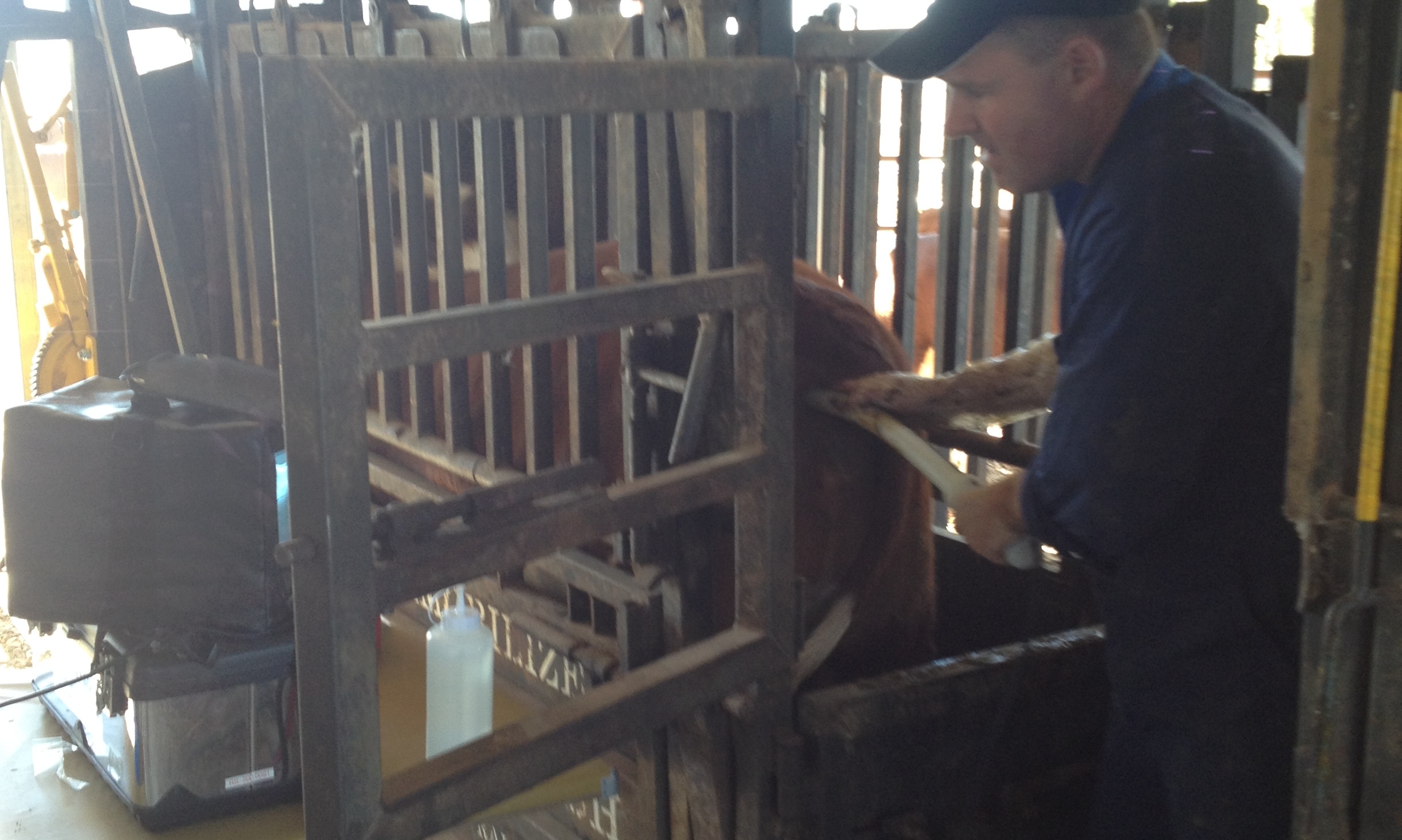I’ve been working as an extension officer for both the NSW DPI and privately for almost a quarter of a century. I actually didn’t think it has been such a long time. However one of the benefits, if you can call it that, is I’ve seen and worked with producers through quite a few droughts.
Unlike other natural disasters that occur rapidly, drought is an insidious creeping event. And in my experience, droughts are a different type of disaster. Each drought impacts people in different ways and at different rates.
The onset of drought is one thing. How individuals respond to the onset will often determine how rapidly the drought has an impact on them.
To be fair, its important to remember that not all places, businesses and locations are the same. So some locations enter drought more quickly because of the combination of regional weather, soil, topography and time since the last drought.
As an advisor, I have worked with many producers to prepare for droughts. We have strategies and plans. There are business models we have developed to balance stocking rates with country. We have diversified and implemented development strategies to store feed and fodder and maintain or capture run off.
But there comes a point where even as well planned as you would hope to be, the drought catches up. And when that happens the focus isn’t on preparation, its on response and survival.
Almost all of my work now is in response and survival.
My difficulty is not response and survival, although that is a challenge. I’m actually struggling to deal more with the people who like to play the “I told you so” game.
In the past few weeks, I’ve seen three separate responses to drought that have left me a little dismayed. The first was from a corporate manager of a farm portfolio I consult to. Over the past 8 months the portfolio has responded with a strategy and with plans that have worked really well.
But like many other producers, this drought has gone beyond all forecasts and expectations. So now the plans need to be redrawn. And in the corporate world, despite regular briefings, the response I’ve had was that the drought can’t be blamed for poor farm performance this year and that the feed prices being paid should have been forecast.
Its taken the front page of the Sunday Telegraph to finally convince the corporation to appreciate the drought isn’t being made up.
At them same time I saw feedback from a farm business manager criticizing producers and the media for demanding a better response from the state government. This individual stated farming is a business and that this drought should be managed by businesses and not bailed out by taxes.
My final straw came this week. A Facebook post I shared was used by an individual to criticize producer’s drought strategies. My post, which was written to encourage producers to ask for help, to look for external input and to take care of themselves used an old image I had of cows being fed hay. Despite not knowing who the producer was, where it was taken or why the cows were being fed, the comments launched into a debate about stocking rates and drought preparedness.
I’ve been pretty shocked to have seen and experienced now this range of criticism and to a great extent lack of understanding about where things are now at for most producers.
The trouble is, these experiences are happening to lots of producers. So I wanted to share a response with you, and to remind you of a few things:
Your plans were based on the advice, information and experiences you had access to.
You’ve made responsible choices and decided to follow a plan
You are a business person who has made choices appropriate to your position, skills and attitude to risk
The drought we are all facing is now unprecedented. So now the next steps are to re-evaluate and re-plan. Your plans will all be different and individual.
Finally I think sharing your stories are important. Don’t forget to share how you prepared for this, what you did to manage and minimize the impact. Awareness is the first step in understanding. And for people not living in drought, or who are quick to criticize, maybe its just they aren’t aware.
As I wrote at the start, this drought has impacted people in different ways and at different times. So don’t let the comments of the “I told you so” brigade impact on you. Instead reflect on what you’ve done and share what you will do.
Don’t forget to keep looking after yourself and your family. Drop over and see the neighbors. And try and take a little break away. Even a weekend away can be a huge boost. Lastly don’t judge. We are all doing this one together.




































![Lot 7[1].jpg](https://images.squarespace-cdn.com/content/v1/5da3f3cd64169331e9219d64/1573094582042-DWJ37SGR39YOF5OH2NIX/Lot+7%5B1%5D.jpg)
















